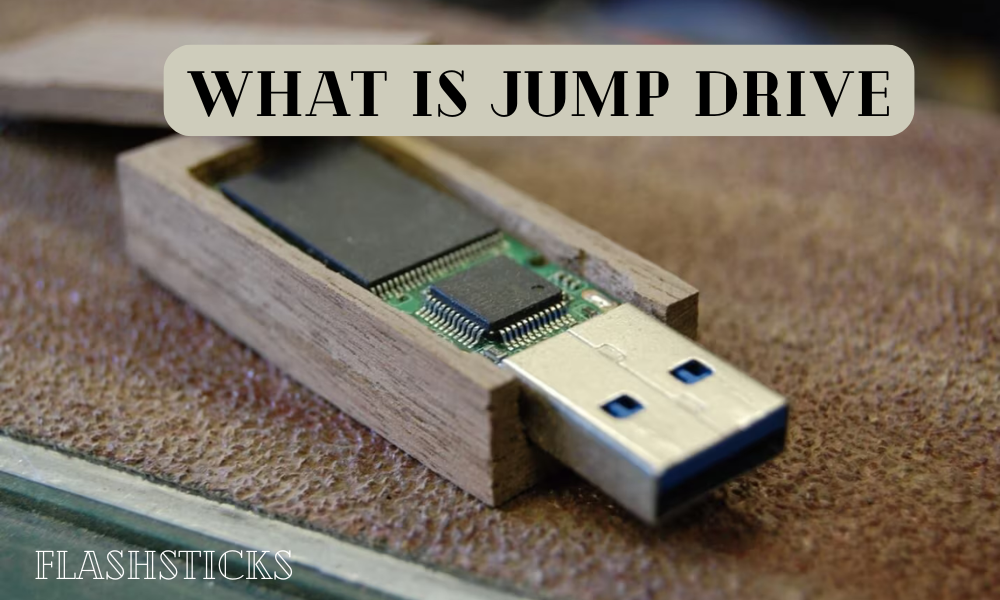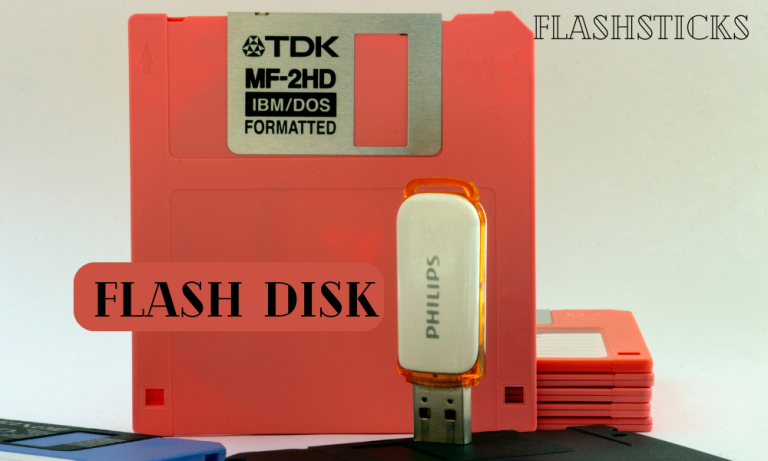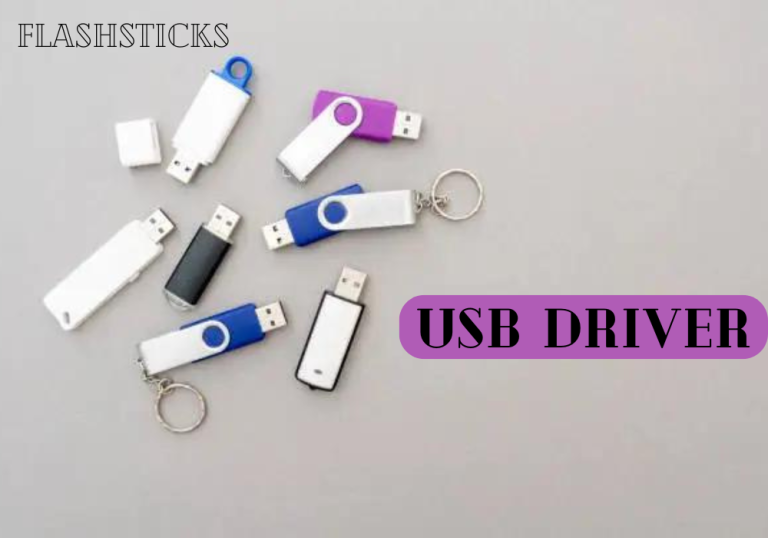What is the difference between a flash drive and a jump drive?
“`In today’s tech-savvy world, the terms “flash drive” and “jump drive” are often used interchangeably. However, there are subtle differences between these two types of portable storage devices that are worth noting. This article aims to clarify these differences, providing a comprehensive guide to understanding flash drives and jump drives. We’ll also highlight their benefits and practical uses. By the end of this article, you’ll be well-informed and ready to choose the right device for your needs.
Understanding Flash Drives and Jump Drives
What is a Flash Drive?
A flash drive is a small, portable device that uses flash memory to store data. It is connected to a computer via a USB port, allowing for easy data transfer. Flash drives are typically used for storing and transferring files such as documents, photos, and videos.
What is a Jump Drive?
A jump drive is essentially another name for a flash drive. The term “jump drive” was popularized by Lexar, a well-known manufacturer of portable storage devices. While ”jump drive” is a specific brand name, it has become a colloquial term used interchangeably with “flash drive.”
Key Differences Between Flash Drives and Jump Drives
| Feature | Flash Drive | Jump Drive |
|---|---|---|
| Name Origin | General Term | Brand Name (Lexar) |
| Memory Type | Flash Memory | Flash Memory |
| Usage | Storage & Transfer | Storage & Transfer |
| Popularity | Widely Used | Less Common |
Benefits of Using Flash Drives and Jump Drives
- Portability: Both flash drives and jump drives are compact and easily portable, allowing you to carry your important files wherever you go.
- Ease of Use: Simply plug the device into a USB port to access your files. No additional software is needed for most tasks.
- Storage Capacity: Modern flash and jump drives come in various capacities, often ranging from 8GB to 1TB.
- Durability: These devices are generally robust and can withstand physical impacts better than traditional storage options like CDs.
Practical Tips for Using Flash Drives and Jump Drives
- Backup Regularly: Regularly back up your important files to avoid data loss due to device failure.
- Use Encryption: For sensitive data, use encryption to ensure your files are protected against unauthorized access.
- Safely Eject: Always use the “Safely Remove Hardware” option before unplugging your drive to prevent data corruption.
- Organize Files: Keep your files organized in folders for easy access and management.
Frequently Asked Questions
Are flash drives and jump drives the same thing?
Essentially, yes. “Jump drive” is a term popularized by Lexar, but it refers to the same type of device commonly known as a flash drive.
What should I consider when buying a flash or jump drive?
Consider factors such as storage capacity, read/write speed, brand reputation, and additional features like encryption.
Conclusion
Though the terms “flash drive” and “jump drive” are often used interchangeably, understanding their origins and subtle differences can help you make informed choices. Both types of drives offer significant benefits, including portability, ease of use, and robust storage capacities. Whether you refer to it as a flash drive or a jump drive, these handy devices are indispensable in our digital age.
By following the practical tips and guidelines outlined in this article, you can maximize the utility and longevity of your portable storage device, ensuring your data is always at your fingertips when you need it most.
“`







